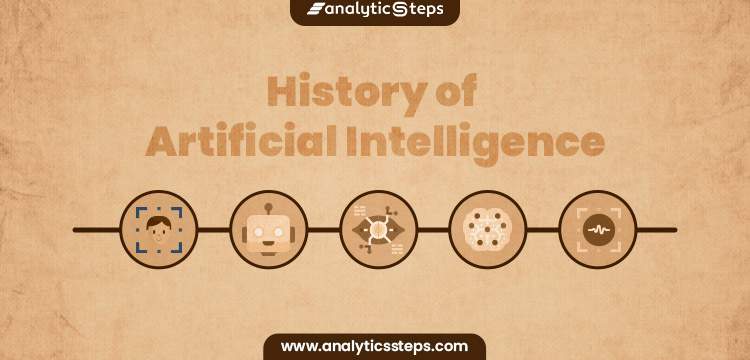The field of AI originated in the 1950s with the Dartmouth Conference, where a group of computer scientists and mathematicians gathered to discuss the possibility of creating intelligent machines. This event marked the birth of AI research, and it set the foundation for several significant breakthroughs in the years that followed.
In the 1960s and 1970s, AI researchers developed rule-based systems that used logical inference to solve problems. These systems were limited in their applications, and they could not handle complex tasks like image recognition or natural language processing.
In the 1980s and 1990s, the emergence of machine learning algorithms like neural networks and decision trees enabled AI systems to learn from data and perform more complex tasks. However, progress in the field was slowed by the "AI winter," a period of reduced funding and interest in AI research due to disappointing results.
In the 21st century, advances in computing power, big data, and deep learning algorithms have led to significant progress in the field of AI. AI systems can now perform tasks like image and speech recognition, natural language processing, and decision-making with a high degree of accuracy.
Today, AI is used in a wide range of applications, from self-driving cars and facial recognition technology to virtual personal assistants and predictive analytics. AI is also being used to tackle some of the world's most pressing challenges, such as climate change, healthcare, and education.
In conclusion, the history of AI is characterized by significant breakthroughs and setbacks, and it has evolved rapidly over time. From its early beginnings at the Dartmouth Conference to its modern-day applications, AI has come a long way and holds tremendous potential for the future.
